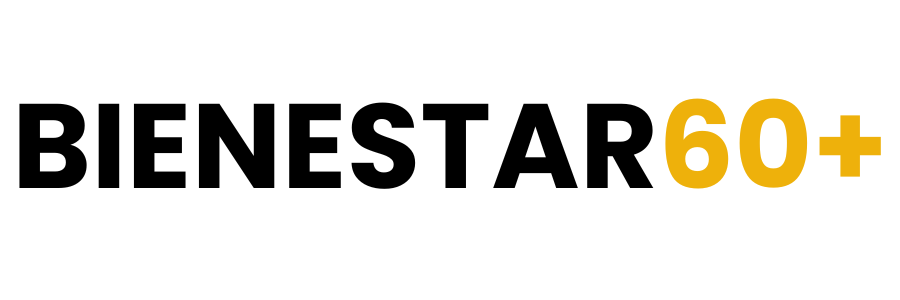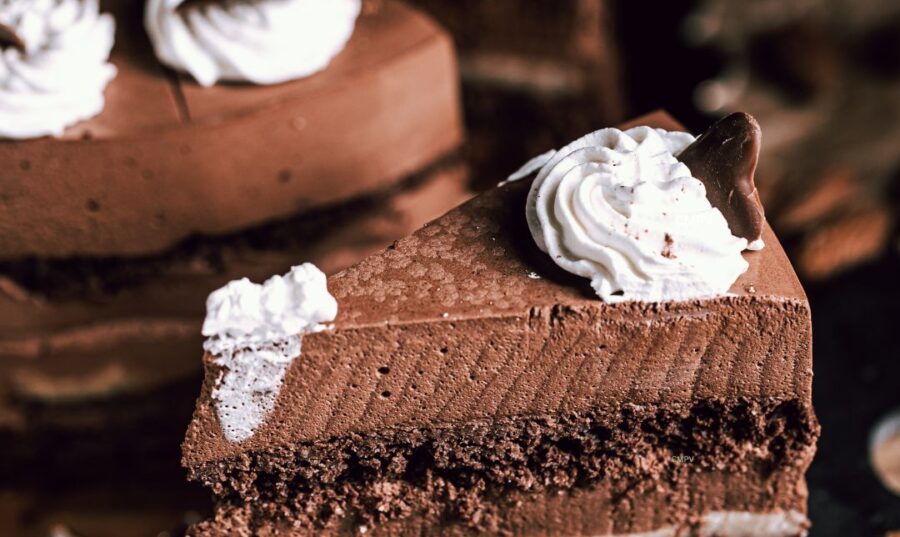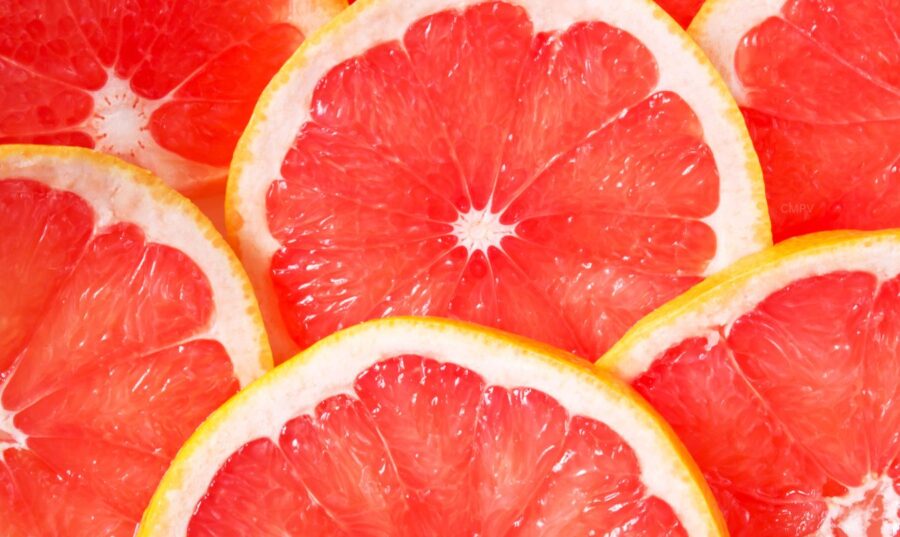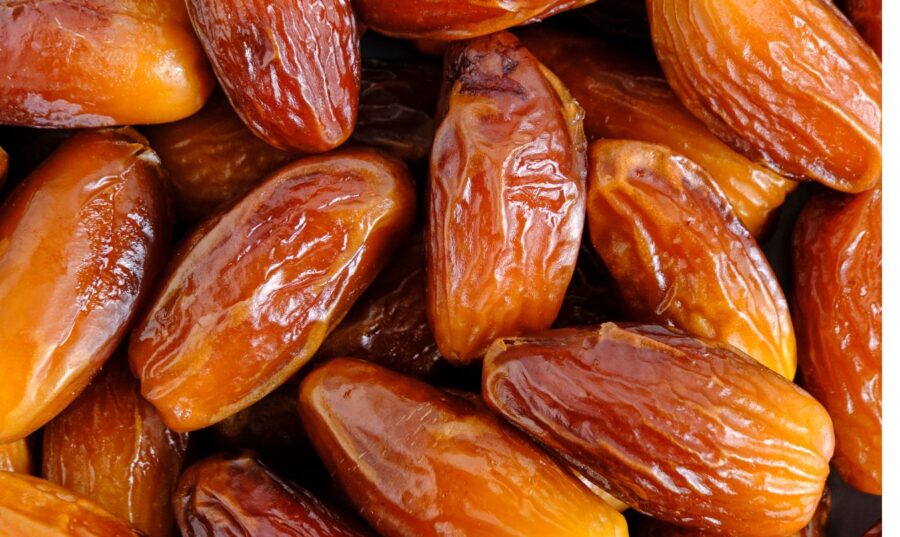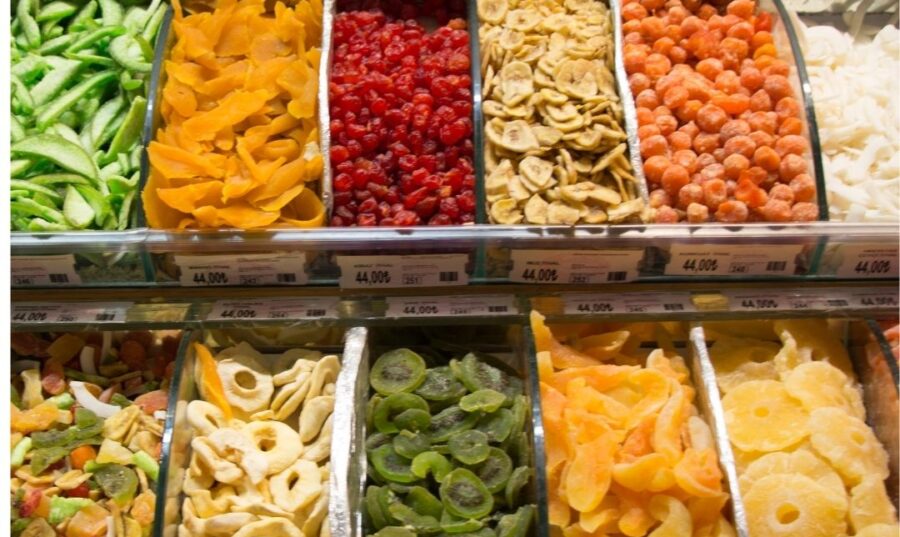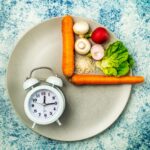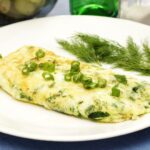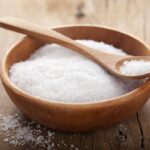|
Getting your Trinity Audio player ready...
|
Fruit juice is the liquid that is extracted from the fruit, by pressure in fruits with high water content or by centrifugal force in less juicy fruits. In the United States the term juice (juice) is limited 100% liquid fruit juices only. The 100% liquid fruit juice does not contain colorings, preservatives, has not been concentrated and no sugar is added. The amount of sugar identified on the label refers only to the amount naturally contained in the fruit, known as fructose. Some of the fruits from which 100% juices are made are: china, pineapple, grapefruit, blueberry (cranberry) grape, passion fruit, plum and apple.
The so-called "juices" with less than 100% of liquid fruit have to say on the label: fruit drink (fruit beverage, fruit drink), fruit flavored drink (fruit-flavored beverage, fruit-flavored drink), fruit cocktail (fruit cocktail) or fruit punch (fruit punch). These, therefore, are not fruit juices. Companies that claim that the beverage they sell contains fruit juice must declare the percentage of juice it contains. Included in this regulation are all beverages that purport to contain juice through label statements, images of fruit on the label, or taste and appearance that lead the consumer to expect juice in the beverage.
Nectar
Fruit nectar is fruit juice or fruit pulp with added sugar and water. In its pure state, this juice is considered unpleasant because it is too acidic or too thick from the pulp. In a nectar the fruit content does not have to be 100%, but rather ranges between 25 and 50%, depending on the type of fruit. Some of the fruits from which nectars are made are: apricot, peach, pear, guava, banana, papaya, passion fruit, mango, tamarind, plum and soursop. It is important to note that certain fruits are suitable for sale as 100% juice and nectars, the plum being a classic example. As we indicated, nectar contains added sugar and the amount can be quite significant, fluctuating between 25 to 40 grams in 8 ounces of nectar, In many products, exceeding the maximum daily recommendations for added sugar consumption.
Which is better for health? Fruit juice 100%
However, you can make your nectar at home, controlling the amount of sugar you add either by using natural sugar or an artificial sweetener.
